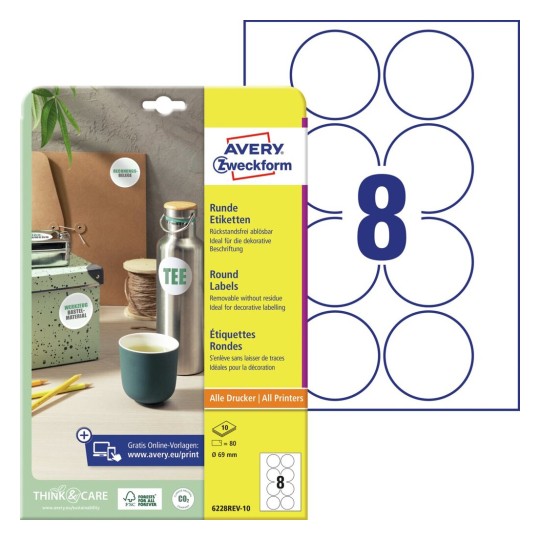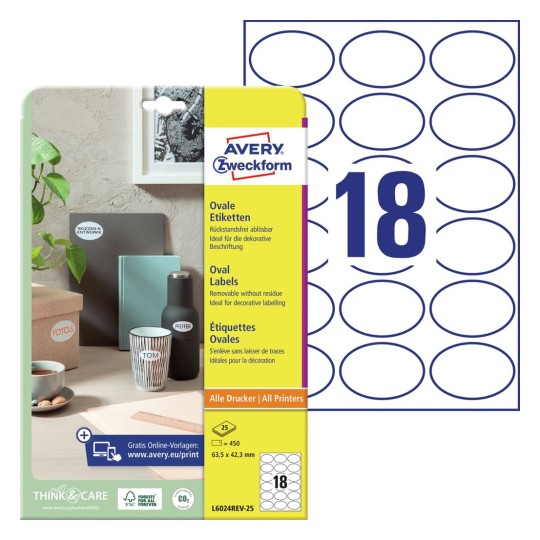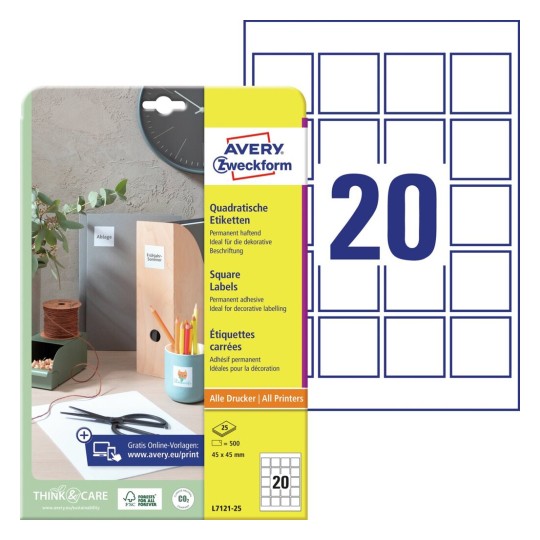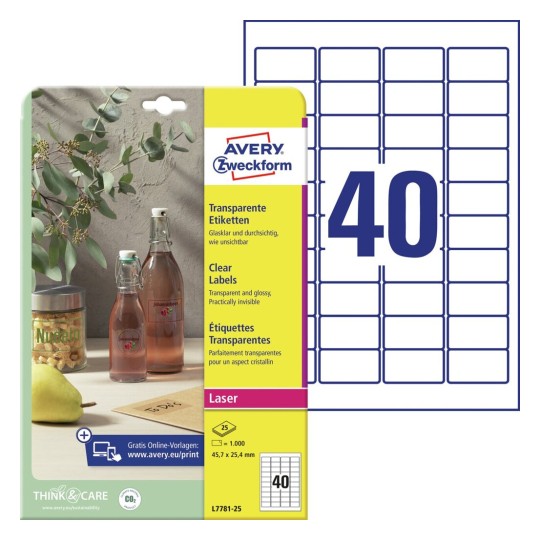How to make labels for your beauty products?
Guidelines for labeling cosmetics
Are you a manufacturer or distributor of cosmetic products? If so, then you certainly know well their compositions, fragrances and all the properties responsible for body care. Once your cosmetics are ready, it's also worth thinking about their professional packaging and labeling. Read our tips below to help with this!
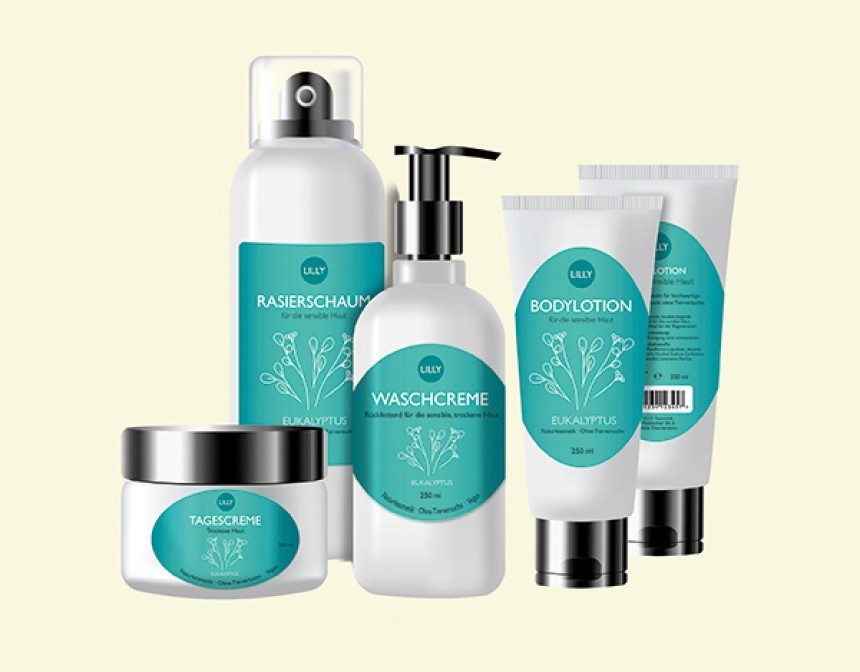
What type of packaging should you choose?
Jars, tubes, bottles - which packaging will be best for your cosmetics?
- Metal packaging: is suitable for solid cosmetics, such as soaps or bar shampoos.
- Glass bottles: this is the best material for “sealing” perfumes, body mists, eau de parfum, etc. Glass does not emit and at the same time does not absorb any odors.
- Plastic bottles: are suitable for all liquid cosmetics, such as body oils, facial toners, cleansing lotions, etc.
- Pipette bottles: are ideal for liquids that require precise dosage, such as oils or serums.
- Pump bottles: for all liquid cosmetic products dispensed in slightly larger quantities, such as body lotions.
- Jars in different sizes: ideal for packing creams, such as smaller ones for face creams and larger ones for body creams. Plastic or glass jars are the most common.
- Tubes: ideal for sealing products that require special protection from microorganisms, such as medicinal ointments or toothpaste.
Cardboard packaging: are suitable for solid cosmetics, such as soaps or bar shampoos.
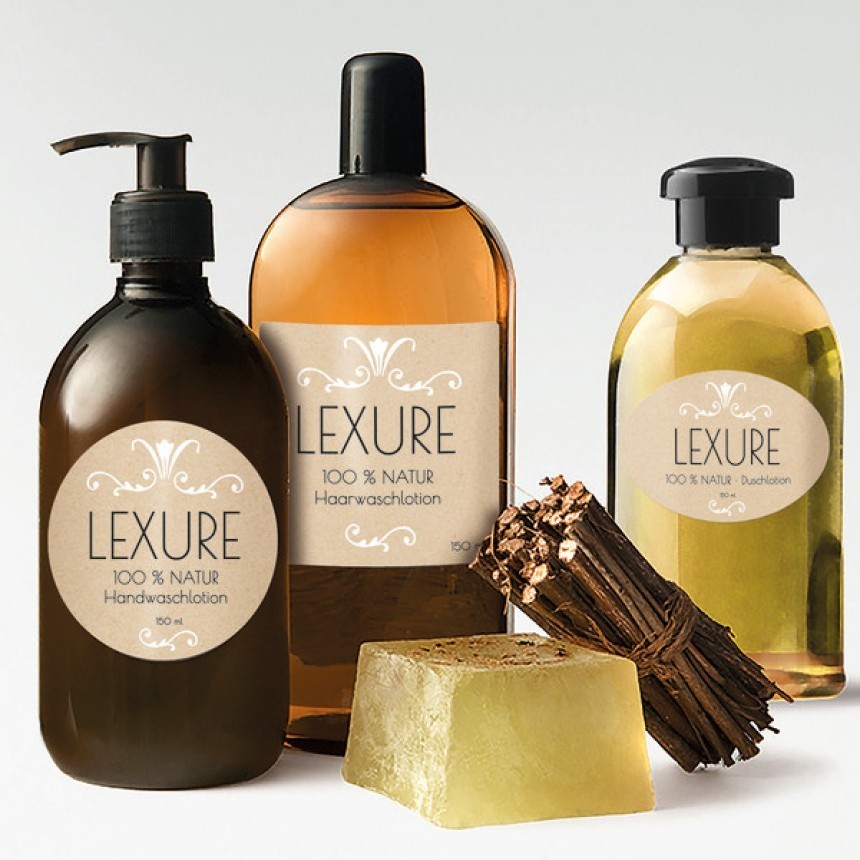
What label shape should you choose?
- Rectangular: the most classic and suitable for labeling a wide variety of items.
- Round: the lack of corners and edges looks especially good on irregularly shaped bottles and dishes.
- Oval: the flattened, horizontal appearance looks great on rounded cosmetic packaging, such as jars.
- Square: can be used as an attractive contrast on round cosmetic packaging.
- Hexagonal: very original and distinctive, they can be used to mark a new line of cosmetics to attract customers' attention as much as possible.
- Scallop: another remarkable shape of labels, which can be used, for example, as a decorative marking on the packaging.
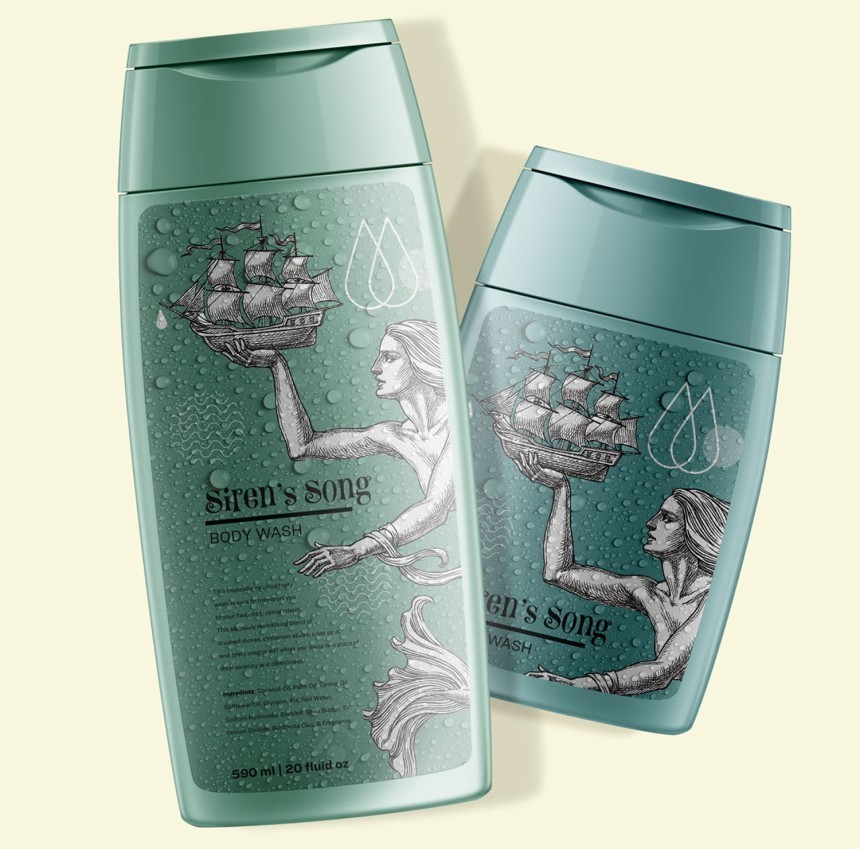
Which material to choose?
Paper or film labels?
Film labels are resistant to moisture, oils, detergents and varying temperatures. Thus, it is the ideal choice for labeling packaging that we will fill with cosmetics -tubes, bottles or jars. Even if the film label comes into contact with the cosmetic, it can be easily wiped and cleaned. Waterproof foil labels are also ideal for labeling shower cosmetics, such as shampoos or gels and soaps.
Paper labels are ideal for describing cardboard packaging for cosmetics, for addressing boxes and shipments, and for creating advertising and informational labels that are not directly on cosmetics packaging.
All labels are available in a wide range of sizes, shapes and in versions with permanent or easily removable adhesive.
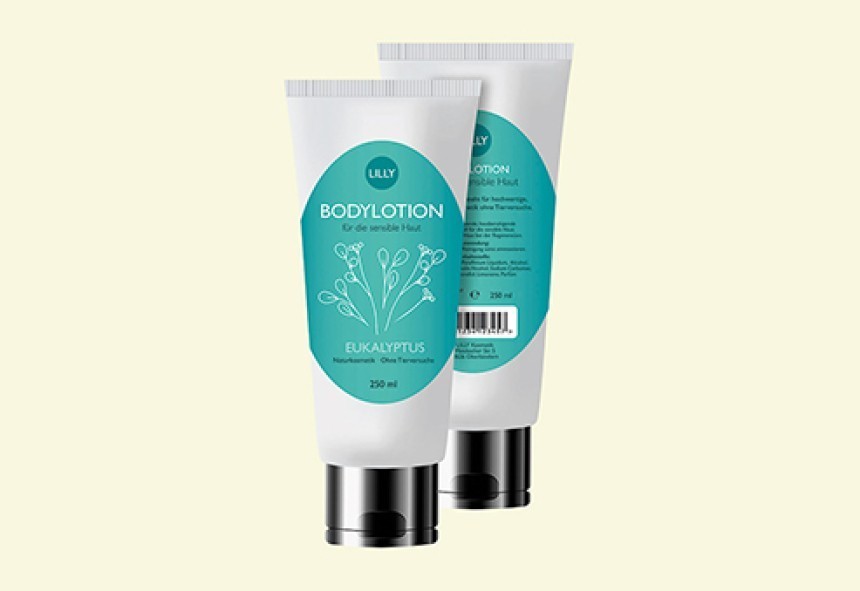
Do I need to add the back label?
First of all, when you want to include a lot of technical information (such as ingredients, allergens, place of production, etc.), which will be added on the label in small font. On the front of the package, it's a good idea to include logos, graphics, brand name, product name and content that directly encourages people to buy the product. It is not mandatory to provide declarable information on the back label.
Product recommendations for bottle labels:
